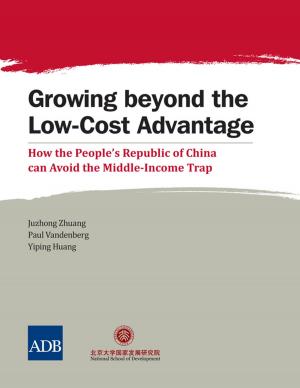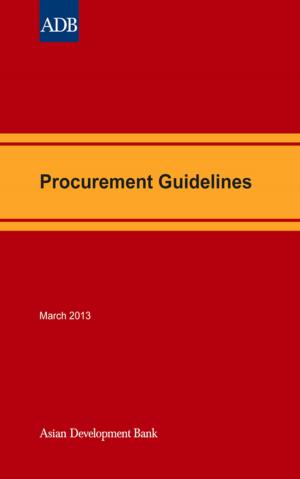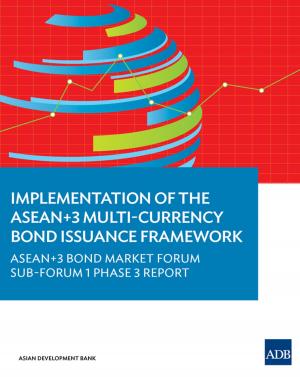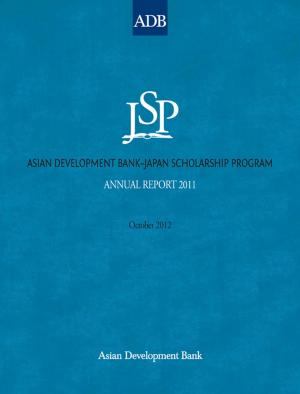Implementing Results-Based Budget Management Frameworks
An Assessment of Progress in Selected Countries
Business & Finance, Accounting, Budgeting, Management & Leadership, Decision Making & Problem Solving| Author: | Asian Development Bank | ISBN: | 9789292610456 |
| Publisher: | Asian Development Bank | Publication: | December 1, 2017 |
| Imprint: | Asian Development Bank | Language: | English |
| Author: | Asian Development Bank |
| ISBN: | 9789292610456 |
| Publisher: | Asian Development Bank |
| Publication: | December 1, 2017 |
| Imprint: | Asian Development Bank |
| Language: | English |
The use of results-based budget management (RBBM) is well established around the world as a concept. RBBM is intended to hold managers to account for their role in organizing the supply of goods and services to the public, and to enforce a regular review of the effectiveness of government expenditure programs. However, there would appear to be significant gaps between concept and implementation. In order for governments to gauge policy effectiveness, a statistical framework must be developed to define outputs and outcome indicators. This publication examines a select group of countries that have led the use of RBMM. It also identifies weaknesses in their implementation from a statistical analysis perspective and suggests guidelines for the development of output descriptions, output indicators, and outcome indicators.
The use of results-based budget management (RBBM) is well established around the world as a concept. RBBM is intended to hold managers to account for their role in organizing the supply of goods and services to the public, and to enforce a regular review of the effectiveness of government expenditure programs. However, there would appear to be significant gaps between concept and implementation. In order for governments to gauge policy effectiveness, a statistical framework must be developed to define outputs and outcome indicators. This publication examines a select group of countries that have led the use of RBMM. It also identifies weaknesses in their implementation from a statistical analysis perspective and suggests guidelines for the development of output descriptions, output indicators, and outcome indicators.















